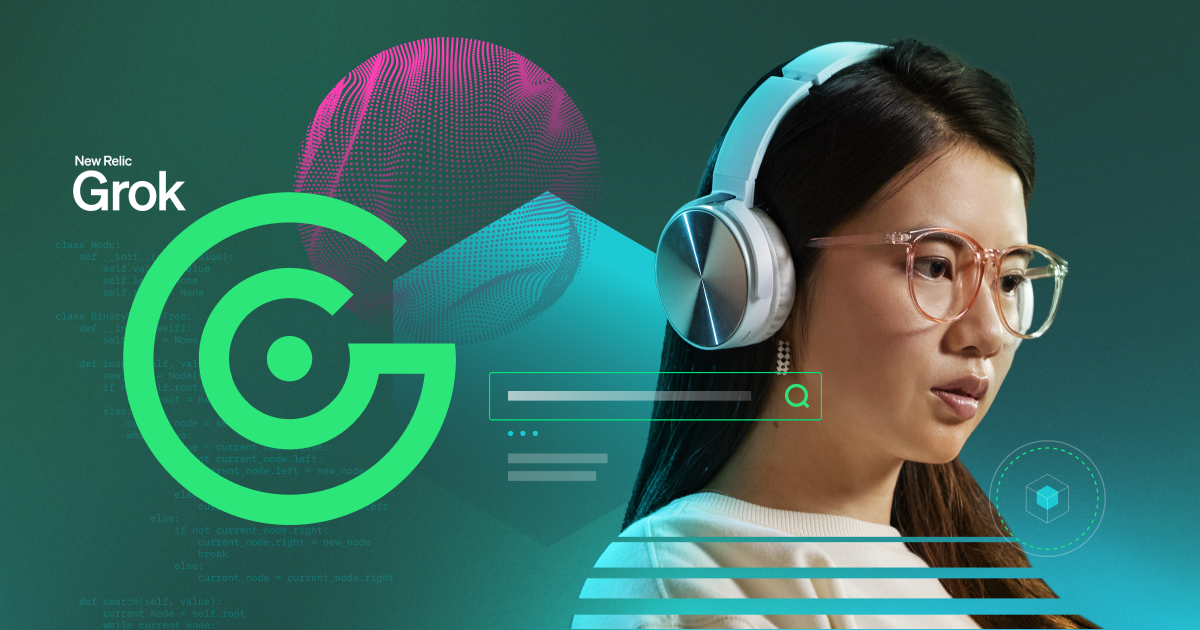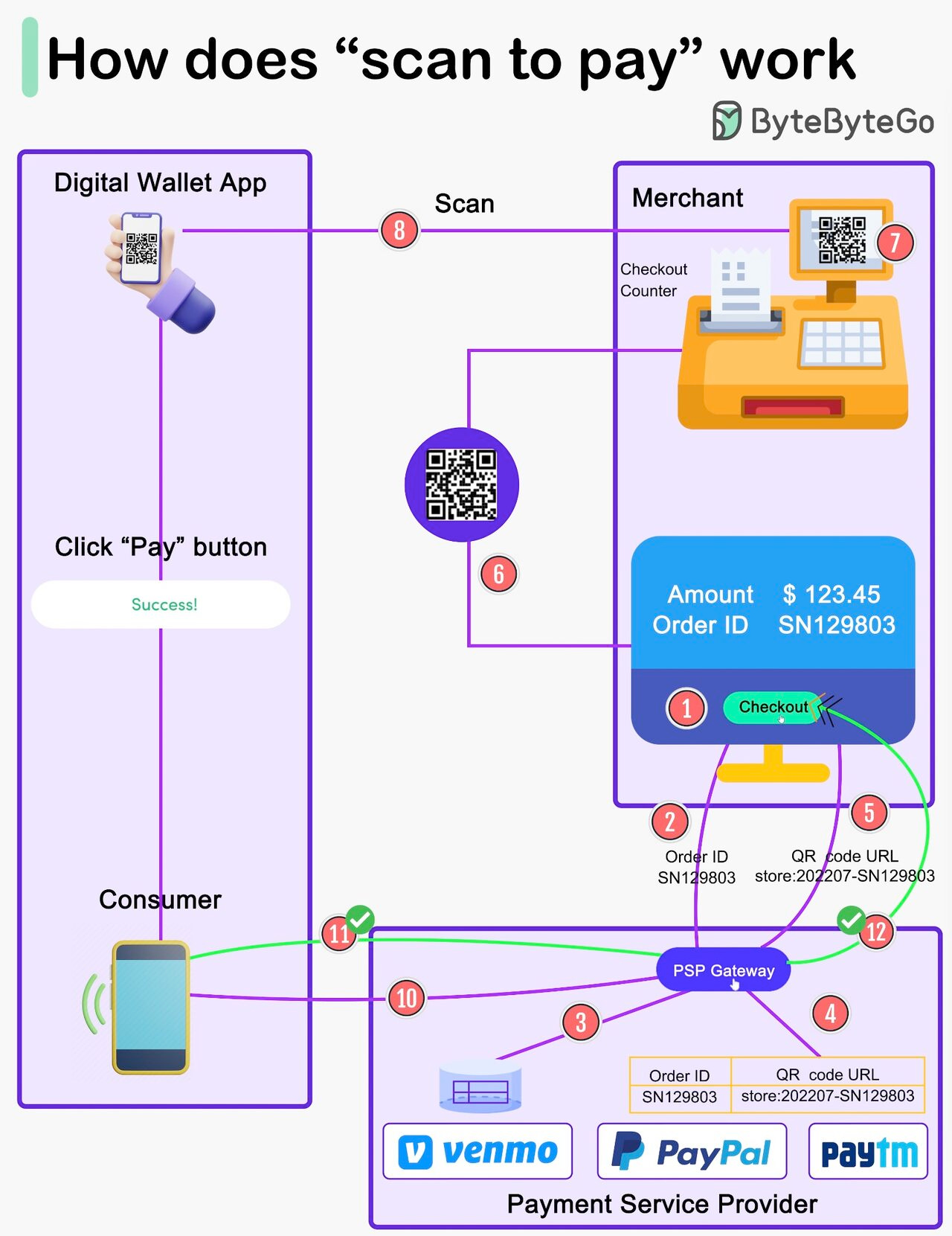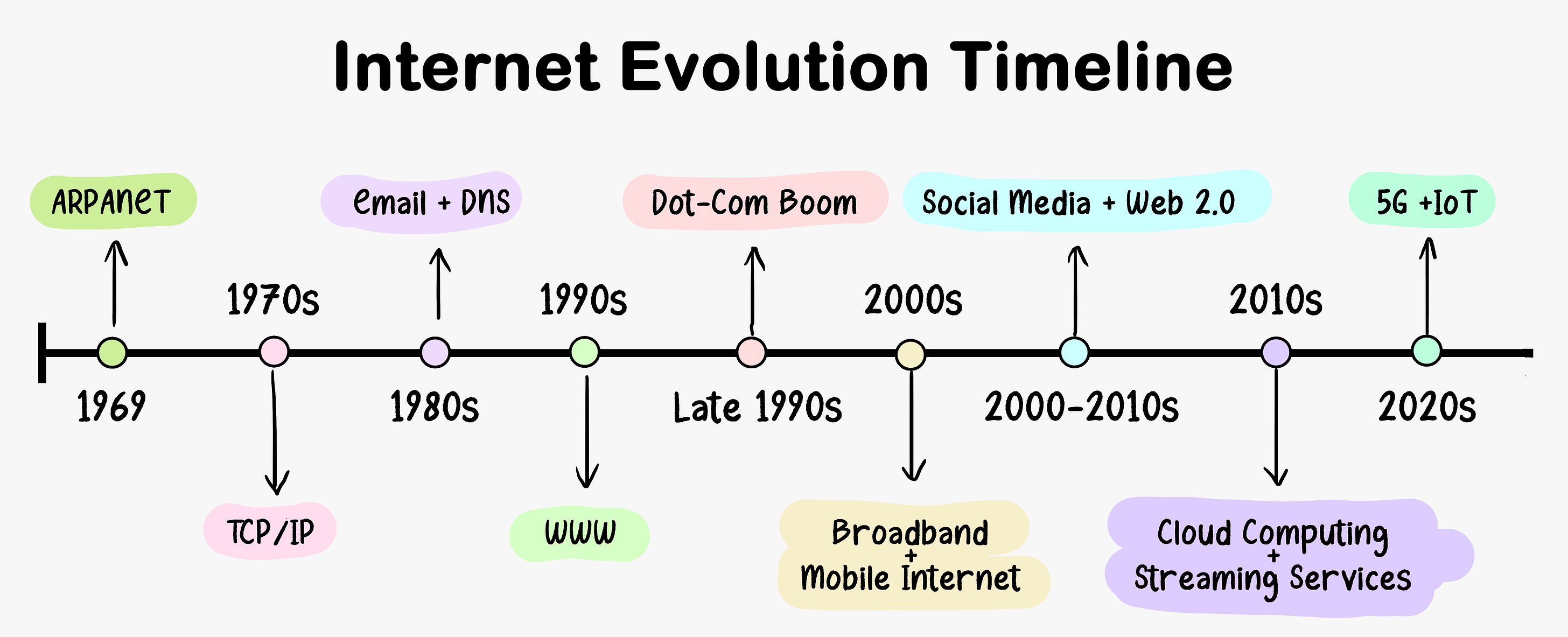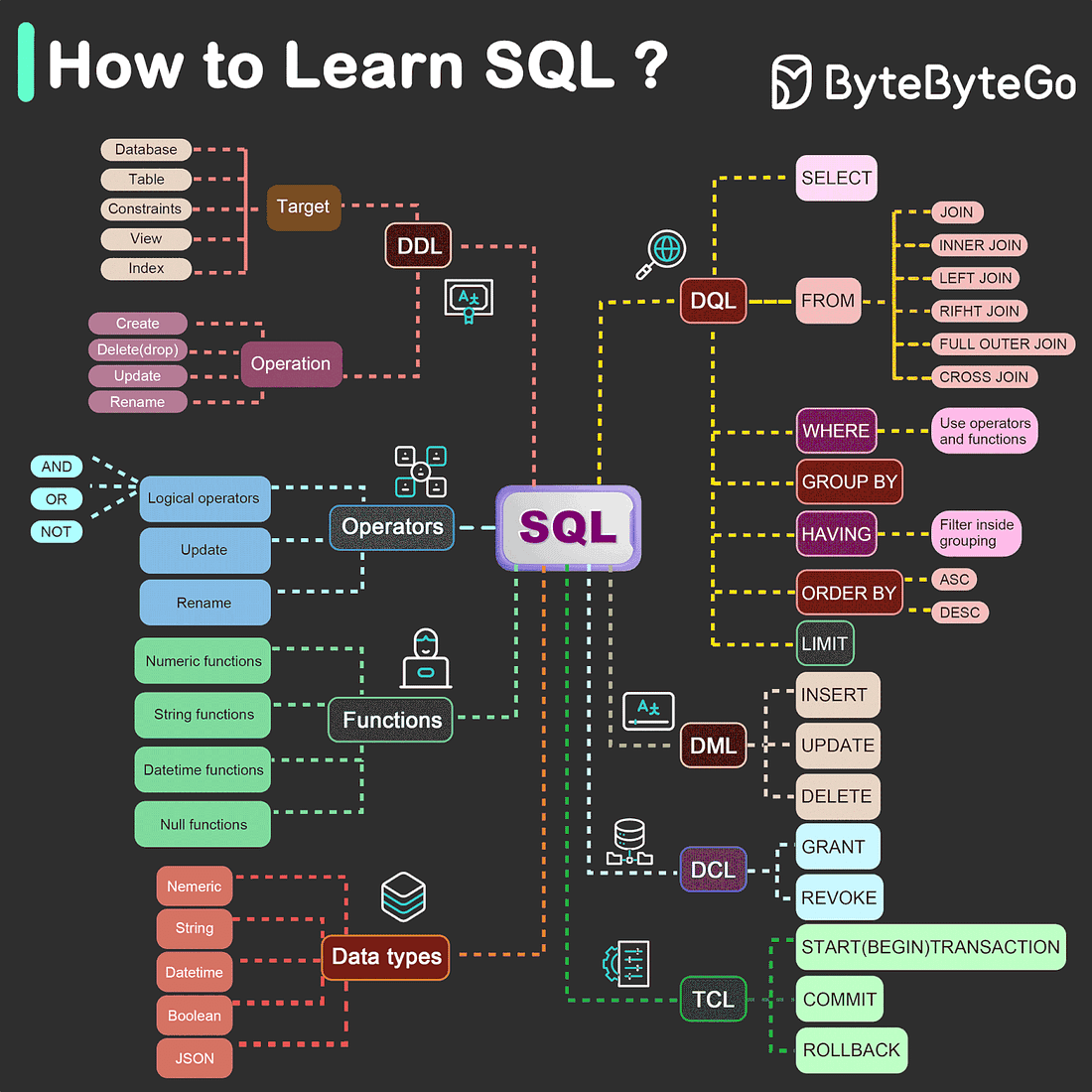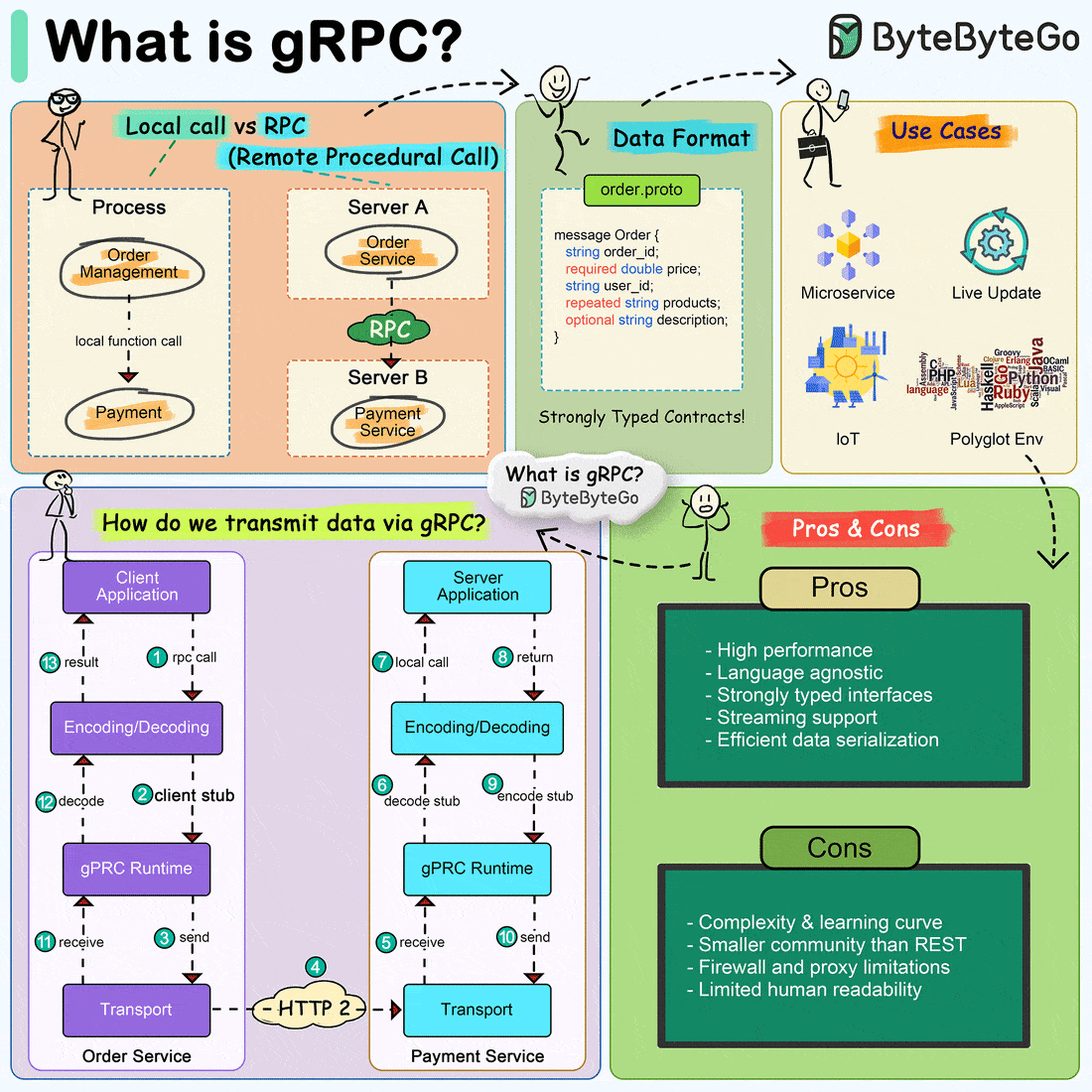- Mailing Lists
- in
- EP99: What is the best way to learn SQL?
Archives
- By thread 4453
-
By date
- June 2021 10
- July 2021 6
- August 2021 20
- September 2021 21
- October 2021 48
- November 2021 40
- December 2021 23
- January 2022 46
- February 2022 80
- March 2022 109
- April 2022 100
- May 2022 97
- June 2022 105
- July 2022 82
- August 2022 95
- September 2022 103
- October 2022 117
- November 2022 115
- December 2022 102
- January 2023 88
- February 2023 90
- March 2023 116
- April 2023 97
- May 2023 159
- June 2023 145
- July 2023 120
- August 2023 90
- September 2023 102
- October 2023 106
- November 2023 100
- December 2023 74
- January 2024 75
- February 2024 75
- March 2024 78
- April 2024 74
- May 2024 108
- June 2024 98
- July 2024 116
- August 2024 134
- September 2024 130
- October 2024 141
- November 2024 171
- December 2024 115
- January 2025 216
- February 2025 140
- March 2025 220
- April 2025 27
EP99: What is the best way to learn SQL?
EP99: What is the best way to learn SQL?
This week’s system design refresher:
Meet New Relic AI, the First Generative AI Observability Assistant (Sponsored)New Relic AI makes it easy for you to get the insights you need without having to make sense of tons of telemetry data. Cut through the noise to get the right answers quickly and easily. New Relic AI leverages OpenAI’s large language models (LLMs) so that any engineer can use everyday language and a familiar chat interface to ask questions and get insights, without prior observability experience. Observability is now as simple as asking New Relic AI, “Why is my cart not working?” or “Instrument my AWS.” Top 6 Tools to Turn Diagrams into Beautiful Code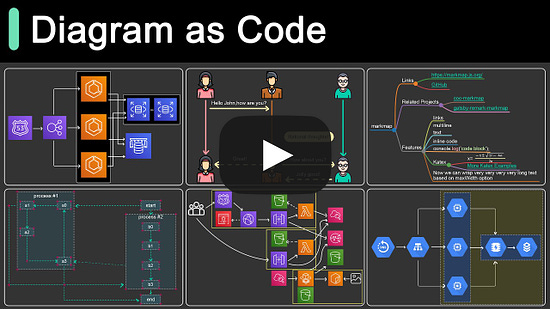 How do you pay from your digital wallet, such as Paypal, Paytm and Venmo, by scanning the QR code?To understand the process involved, we need to divide the “scan to pay” process into two sub-processes:
Here are the steps for generating the QR code:
These 7 steps complete in less than a second. Now it’s the consumer’s turn to pay from their digital wallet by scanning the QR code:
Latest articlesIf you’re not a paid subscriber, here’s what you missed this month. To receive all the full articles and support ByteByteGo, consider subscribing: What is the best way to learn SQL?In 1986, SQL (Structured Query Language) became a standard. Over the next 40 years, it became the dominant language for relational database management systems. Reading the latest standard (ANSI SQL 2016) can be time-consuming. How can I learn it?
For a backend engineer, you may need to know most of it. As a data analyst, you may need to have a good understanding of DQL. Select the topics that are most relevant to you. What is gRPC?The diagram below shows important aspects of understanding gRPC. gRPC is a high-performance, open-source universal RPC (Remote Procedure Call) framework initially developed by Google. It leverages HTTP/2 for transport, Protocol Buffers as the interface description language, and provides features such as authentication, load balancing, and more. gRPC is designed to enable efficient and robust communication between services in a microservices architecture, making it a popular choice for building distributed systems and APIs. Key Features of gRPC:
© 2024 ByteByteGo |
by "ByteByteGo" <bytebytego@substack.com> - 11:38 - 17 Feb 2024
